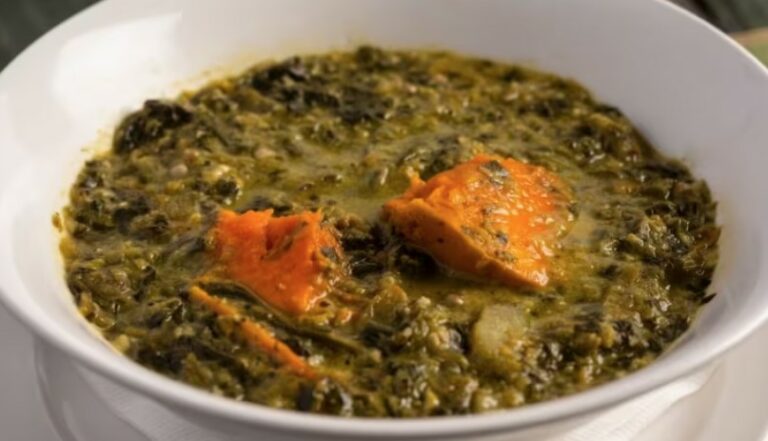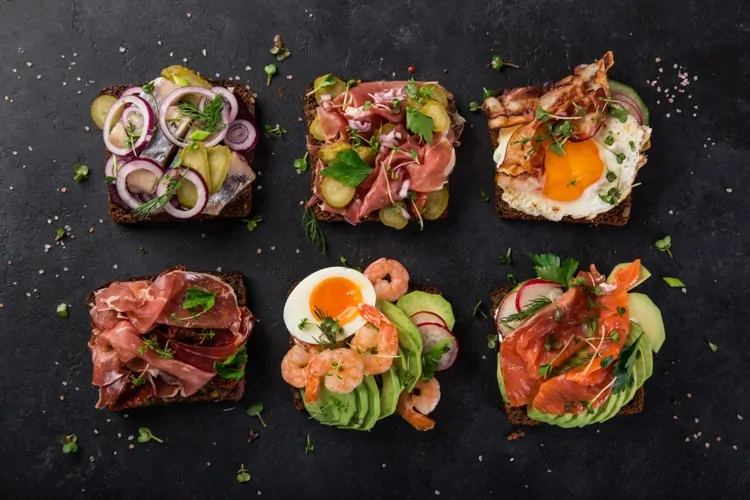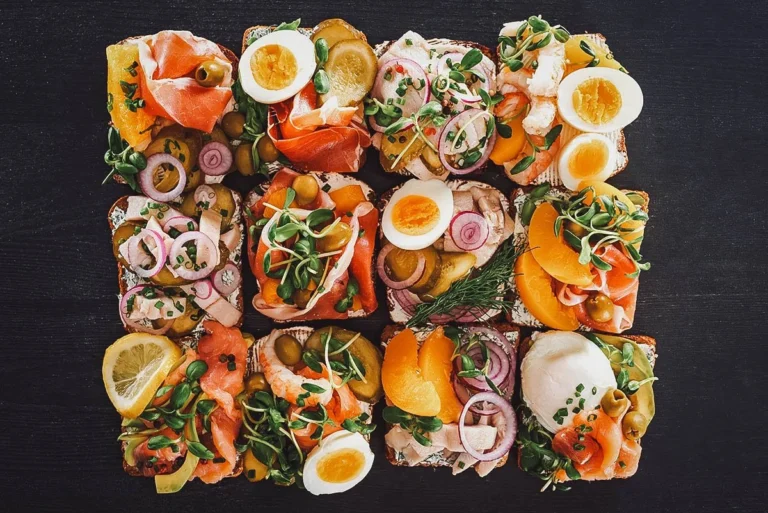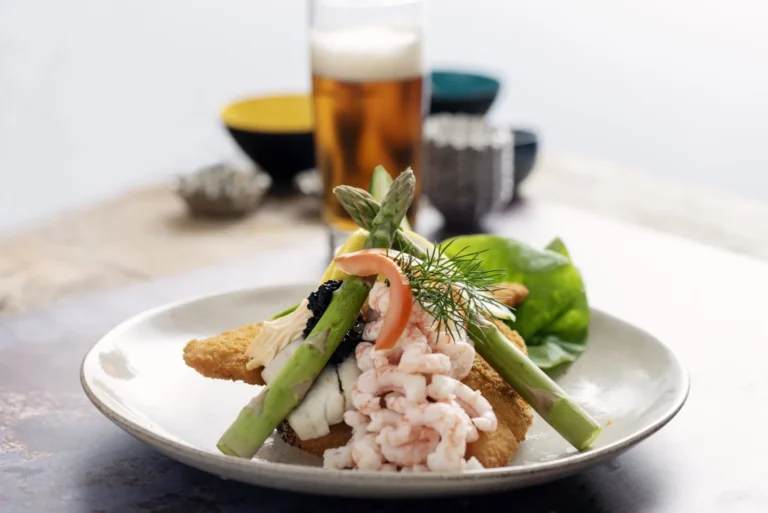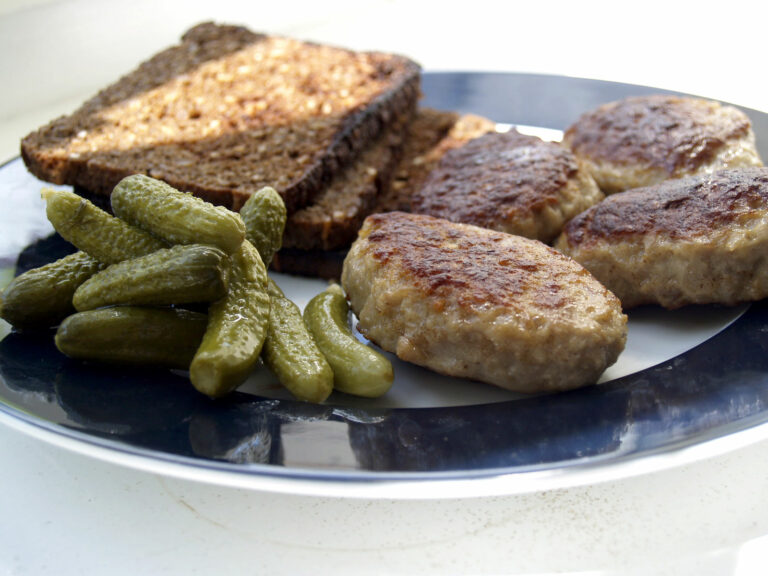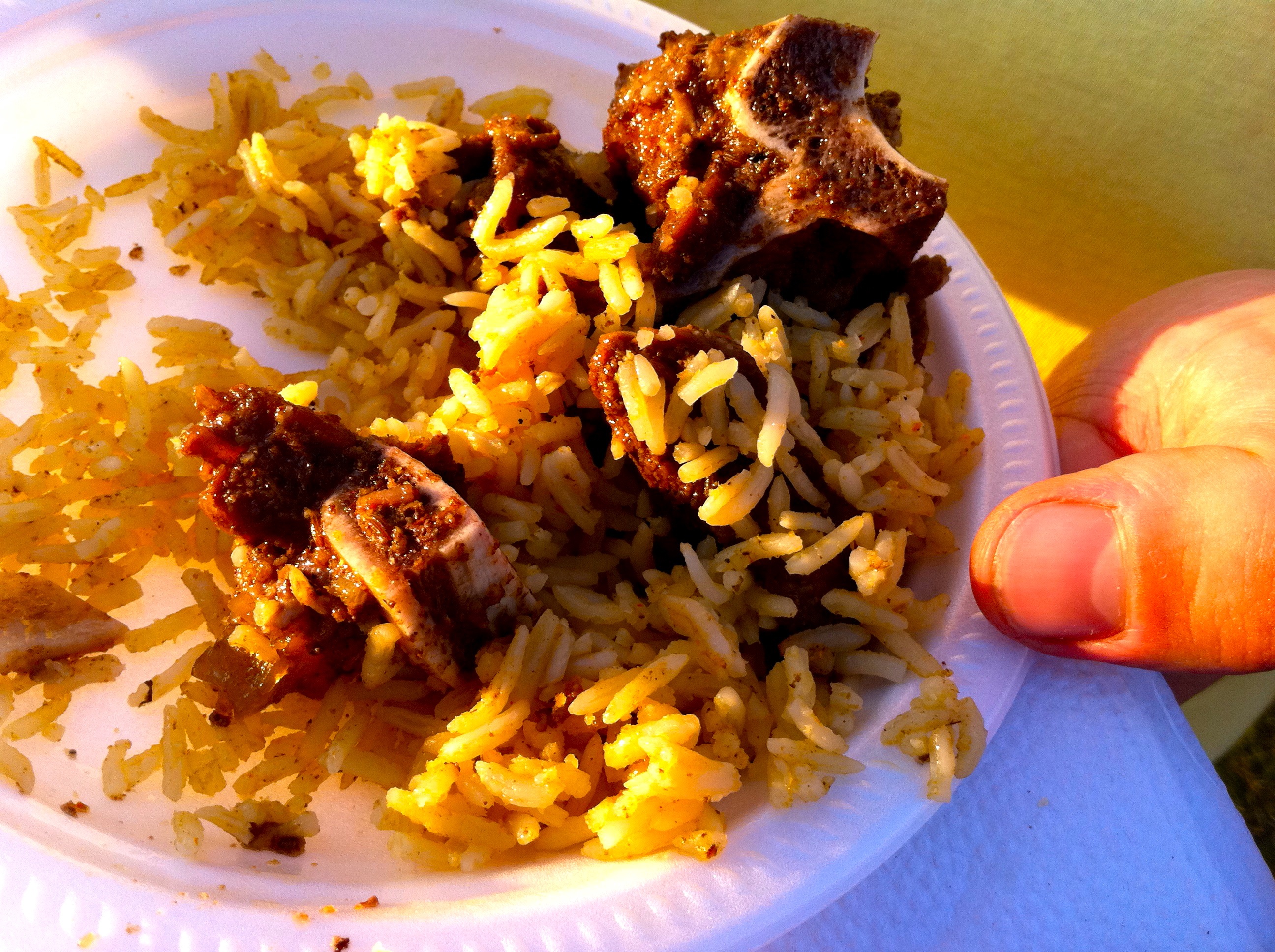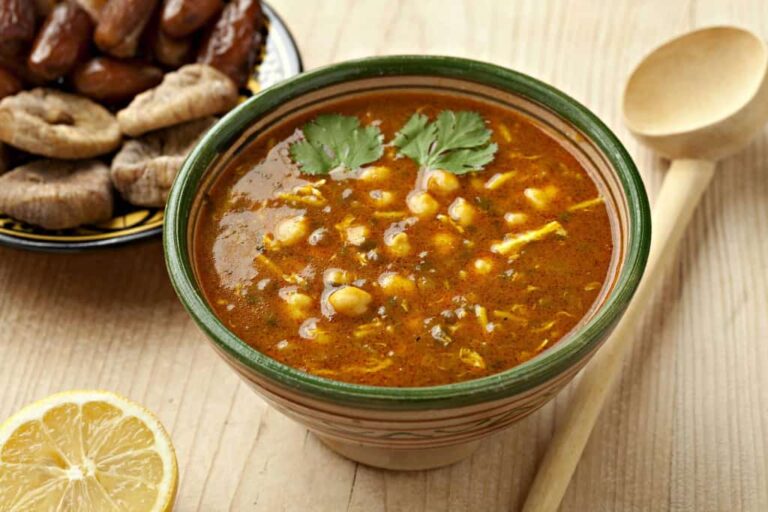Introduction: Traditional Dishes and Holiday Celebrations
Food is an essential part of every culture, and traditional dishes are often associated with specific holidays and celebrations. These dishes are not only delicious but also carry a symbolic meaning that represents the history, culture, and beliefs of a community. In this article, we will explore some of the traditional dishes that are specific to certain holidays or celebrations around the world.
Christmas: Feast of Seven Fishes
In Italy and Italian-American communities, Christmas Eve is traditionally celebrated with a seafood feast known as the Feast of Seven Fishes. As the name suggests, the meal consists of seven different types of fish, usually including shrimp, calamari, clams, and cod. The origins of this feast are not clear, but it is believed to have started in Southern Italy, where Roman Catholics abstained from meat on Christmas Eve. Today, the Feast of Seven Fishes is a popular tradition that brings families together to enjoy a delicious meal and celebrate the holiday season.
Thanksgiving: Roasted Turkey and Stuffing
Thanksgiving is a holiday that is primarily celebrated in the United States and Canada. It is a time for families and friends to come together and give thanks for the blessings of the year. The traditional Thanksgiving meal consists of roasted turkey, stuffing, mashed potatoes, cranberry sauce, and pumpkin pie. The turkey is the centerpiece of the meal and is often stuffed with a bread-based mixture that includes herbs, vegetables, and spices. This dish has its roots in the early European settlers’ harvest festivals, and it remains an iconic symbol of Thanksgiving to this day.
Easter: Hot Cross Buns and Simnel Cake
Easter is a Christian holiday that celebrates the resurrection of Jesus Christ. Many countries have different traditions associated with Easter, but one common thread is the sweet treats that are associated with the holiday. In England, Hot Cross Buns are a popular Easter-time treat. These spiced buns are made with currants or raisins and are marked with a cross on top, symbolizing the crucifixion of Christ. Another traditional Easter dish is the Simnel Cake, which is a light fruit cake that is topped with marzipan and 11 balls representing the 12 apostles (minus Judas).
Hanukkah: Latkes and Sufganiyot
Hanukkah is a Jewish holiday that is celebrated for eight days and nights. The holiday commemorates the rededication of the Holy Temple in Jerusalem after the Maccabean Revolt. Two traditional dishes associated with Hanukkah are Latkes and Sufganiyot. Latkes are potato pancakes that are fried in oil, symbolizing the oil that miraculously burned for eight days in the temple. Sufganiyot are jelly-filled donuts that are also fried in oil, representing the miracle of the oil.
Diwali: Sweets and Savory Snacks
Diwali is a Hindu festival of lights that is celebrated across India and other parts of the world. It is a time of feasting, gift-giving, and lighting lamps and fireworks. Diwali is also a time when families and friends come together to enjoy traditional sweets and savory snacks. Some of the popular sweets include Gulab Jamun, Laddu, and Barfi. Savory snacks like Samosas, Kachoris, and Chaklis are also enjoyed during the festival.
Chinese New Year: Dumplings and Nian Gao
Chinese New Year is celebrated in China and other parts of the world by people of Chinese descent. It is a time when families come together to celebrate the Lunar New Year and welcome a new year of good fortune and prosperity. Two traditional dishes associated with Chinese New Year are Dumplings and Nian Gao. Dumplings are a symbol of wealth and prosperity and are usually filled with meat and vegetables. Nian Gao is a sticky rice cake that is traditionally offered to the gods and eaten during the New Year as it is believed to bring good luck.
Ramadan: Iftar and Suhoor Meals
Ramadan is a holy month for Muslims, during which fasting is observed from sunrise to sunset. Muslims break their fast with an Iftar meal, which usually consists of dates, water, and a variety of dishes. Suhoor is the pre-dawn meal that Muslims consume before starting their fast. The dishes consumed during Ramadan vary depending on the region and culture. In the Middle East, popular dishes include Fattoush, Shawarma, and Kebabs, while in South Asia, dishes such as Haleem, Biryani, and Kebabs are commonly served.
Conclusion: Dishes that Define Holiday Celebrations
Traditional dishes are an integral part of holiday celebrations around the world. They not only provide sustenance but also carry deep symbolic meanings that connect people to their culture and traditions. Whether it’s the Feast of Seven Fishes during Christmas, Hot Cross Buns during Easter, or Dumplings during Chinese New Year, these dishes bring people together and create memories that last a lifetime.


